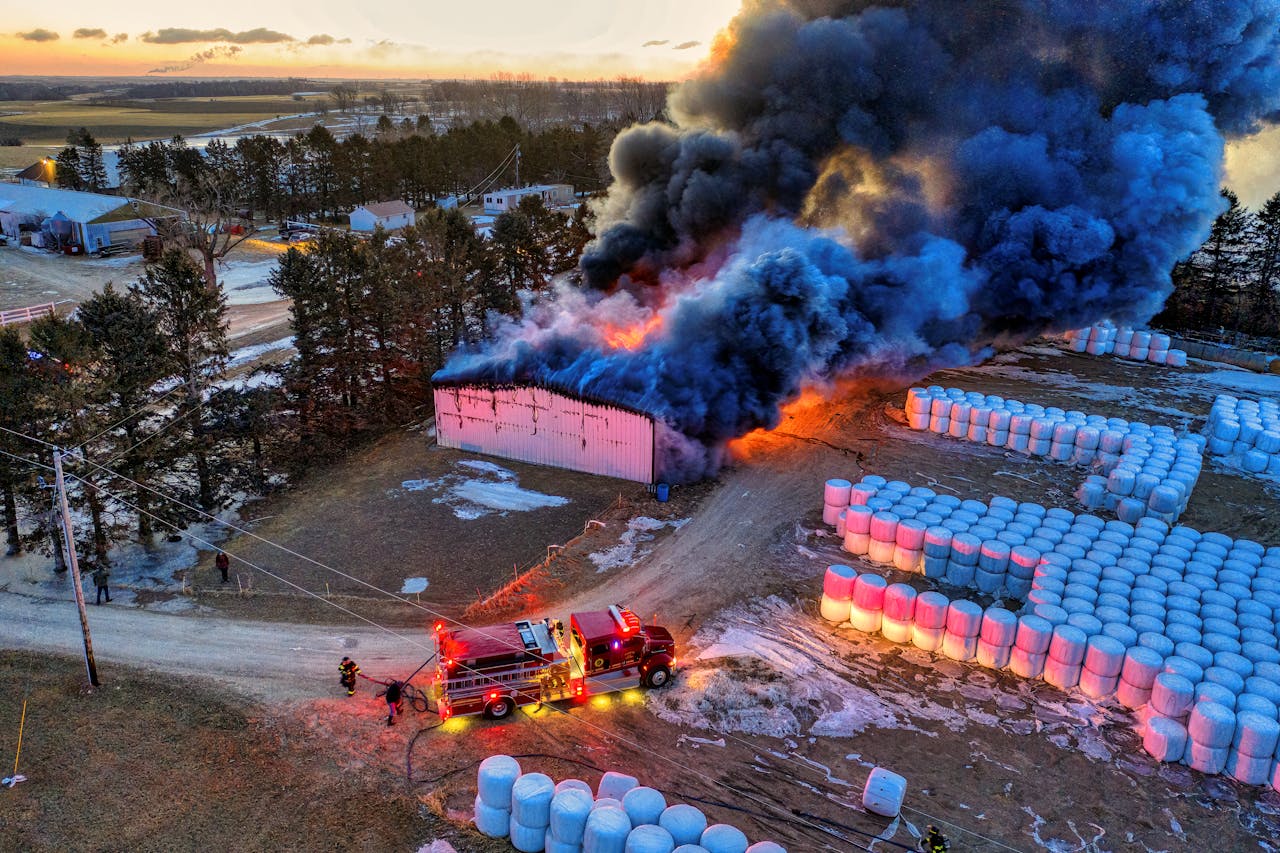In today’s dynamic business environment, small businesses face numerous challenges that can threaten their survival. Risk mitigation, the systematic approach to reducing exposure to potential threats, has become crucial for sustainable business operations. Recent studies reveal that 40% of small businesses never reopen after a disaster, while 25% fail within one year of a major crisis. These statistics underscore the critical nature of proactive risk management in ensuring business continuity.
Understanding Common Risks in Small Business Operations
Financial Risks
Small businesses often struggle with managing their finances. Cash flow problems rank among the top concerns, with 82% of business failures attributed to poor cash management. Customer payment defaults can create ripple effects, disrupting regular operations and vendor payments. Market fluctuations, particularly in volatile economies, pose additional challenges to financial stability.
Unexpected expenses present another significant hurdle. These unforeseen costs can derail carefully planned budgets, from emergency repairs to sudden tax obligations. Smart business owners maintain emergency funds, typically covering three to six months of operating expenses.
Operational Risks
Fire Safety
Fire incidents pose severe threats to small businesses. Electrical hazards, often stemming from outdated wiring or overloaded circuits, account for 25% of commercial fires. Proper storage of flammable materials requires careful attention, as improper handling leads to devastating consequences.
Kitchen and equipment fires, particularly in restaurants and manufacturing facilities, can halt operations instantly. The impact on business continuity extends beyond immediate damage, affecting customer relationships and market position. Fire damage costs average $35,000 for small businesses, excluding long-term revenue losses.
Other Operational Considerations
Supply chain disruptions have emerged as a major concern, especially following global events like the recent pandemic. Equipment failures can freeze productivity, while quality control issues may damage brand reputation. Process inefficiencies drain resources slowly but steadily, affecting bottom-line results.
Strategic Risks
Market competition grows fiercer yearly, with new entrants disrupting traditional business models. Changes in consumer behavior, accelerated by technological advancement, require constant adaptation. Industry disruption through innovation can render existing business models obsolete overnight.
Regulatory changes add another layer of complexity. Small businesses must stay compliant while maintaining competitiveness, often with limited resources.
External Risks
Natural disasters strike without warning, while cybersecurity threats grow more sophisticated daily. Economic downturns test business resilience, and public health crises, as recently demonstrated, can reshape entire markets overnight.
The Real Impact of Unmanaged Risks
Immediate Consequences
Financial losses from unmanaged risks can be devastating. Business interruptions lead to immediate revenue drops, while reputation damage lingers far longer. Customer losses compound these effects, creating downward spirals that are challenging to reverse.
Property damage from fires or natural disasters requires substantial capital for repairs. Employee safety concerns can decrease morale and productivity, potentially triggering legal issues.
Long-term Effects on Business Health
Reduced growth potential often follows major risk events, as resources divert to recovery rather than expansion. Market value decreases affect financing options and partnership opportunities. Loss of competitive advantage may open doors for rivals to capture market share.
When risks remain unmanaged, potential business failure looms larger. Insurance premiums rise after incidents, while regulatory compliance issues can trigger fines and restrictions.
The Power of Effective Risk Mitigation
Financial Advantages
Proactive risk management leads to reduced insurance costs through better risk profiles. Lenders offer better loan terms to businesses, demonstrating strong risk management practices. Protected revenue streams ensure stable operations, while optimized resource allocation improves efficiency.
Operational Improvements
Business continuity strengthens through systematic risk management. Streamlined processes and better risk awareness result in enhanced efficiency. Comprehensive risk information improves decision-making, while stakeholder confidence grows through demonstrated preparedness.
Strategic Benefits in the Marketplace
Risk-aware businesses often gain competitive advantages through better preparedness. Improved reputation attracts customers and partners, while enhanced business resilience supports sustainable growth.

Implementing Effective Risk Mitigation Strategies
Comprehensive Risk Assessment
Success begins with identifying potential risks across all business areas. Evaluating probability and impact helps prioritize mitigation efforts. Regular risk reviews ensure strategies remain relevant as business conditions change.
Developing Robust Mitigation Plans
Fire Safety Protocols
Fire prevention requires comprehensive protocols, including regular inspections, maintenance, and proper FR (Flame-Resistant) clothing requirements for employees in high-risk areas. These specialized garments protect workers from thermal hazards, arc flash, and other fire-related incidents, with industry standards mandating specific FR clothing ratings based on workplace hazard assessments. Emergency evacuation procedures must be clear and practiced regularly, fire suppression systems need proper installation and maintenance, and equipment maintenance schedules must prevent fire-related failures. Regular inspection of FR clothing ensures its protective properties remain effective, as these garments require proper care and replacement according to manufacturer guidelines, making compliance essential for both safety and legal requirements.
General Risk Management
Response protocols should cover various scenarios, from natural disasters to cyber-attacks. Early warning systems help identify potential issues before they escalate. Resource allocation must balance prevention with response capabilities.
Best Practices for Long-term Success
Regular staff training ensures everyone understands their role in risk management. Clear documentation and procedures guide crises. Comprehensive insurance coverage protects against various threats, while emergency response plans coordinate effective reactions to incidents.
The Future of Risk Mitigation
As business landscapes evolve, small businesses must integrate risk management into their core operations. While traditional concerns like fire safety remain crucial, new challenges demand innovative solutions. Organizations that embrace comprehensive risk mitigation today position themselves for sustainable success tomorrow.
